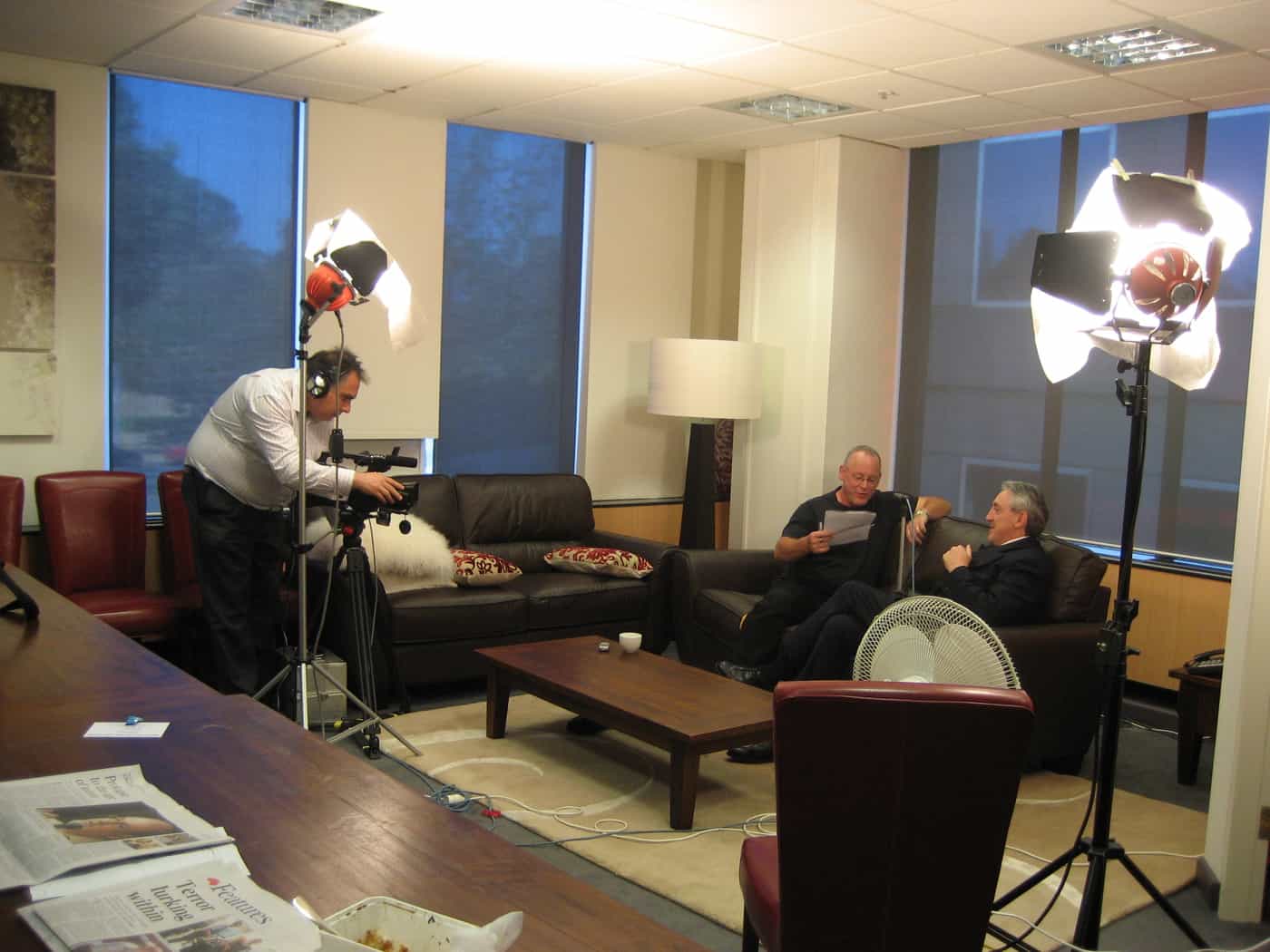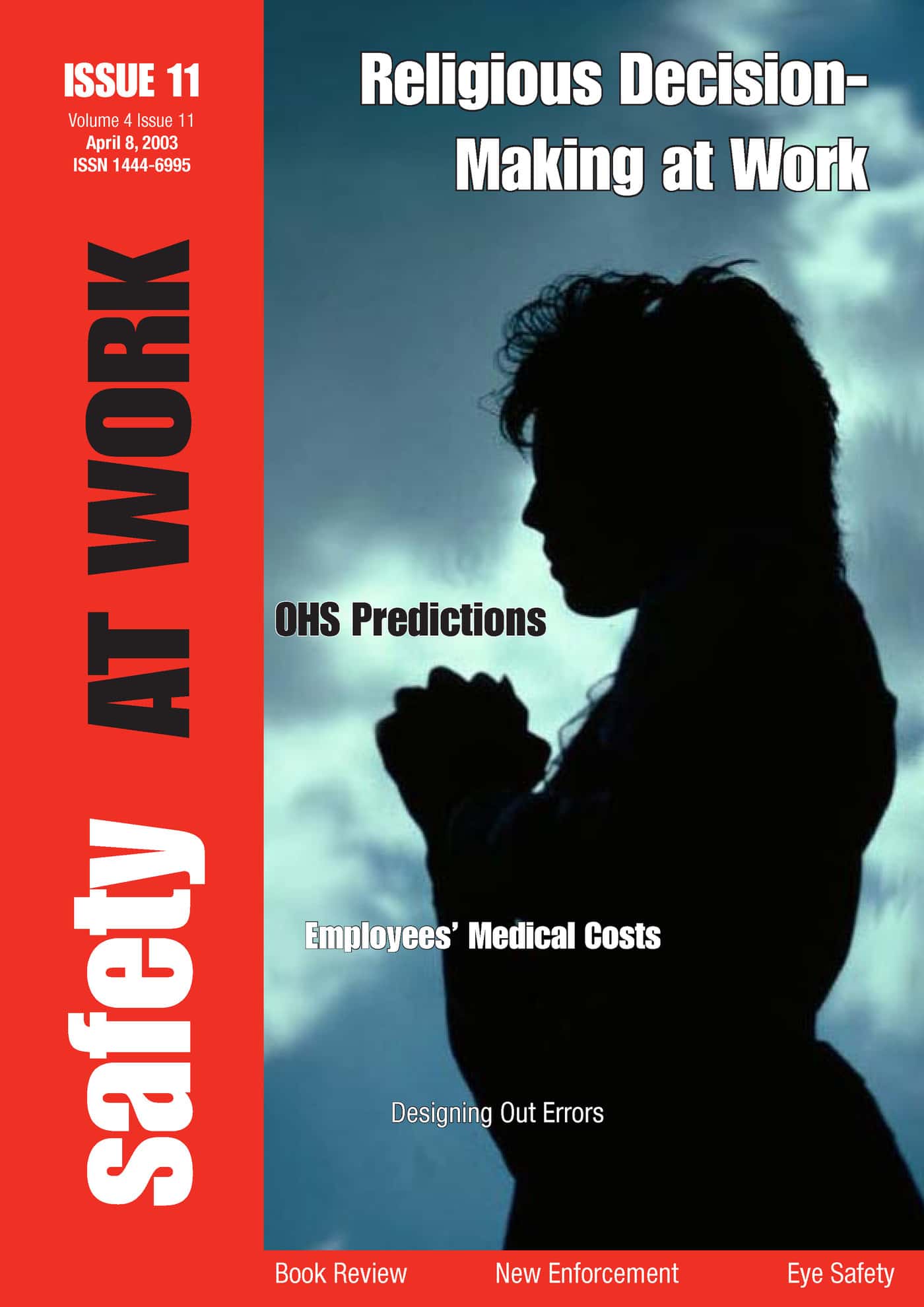At the end of March 2009, the Safety Institute of Australia (Victoria Division) is conducting its annual Safety In Action conference. In order to help promote the conference the SIA organised for several conference speakers to be filmed.
The filming occurred in early-February 2009 and the short 10-minute videos will be available at the Safety In Action website in a couple of week’s time. The subjects of the videos are:
videos will be available at the Safety In Action website in a couple of week’s time. The subjects of the videos are:
Jill MCabe of WorkSafe Victoria who talks about the research WorkSafe has undertaken in order to establish a better profile of their clients so as to improve assistance and advice. Jill has long experience in industrial relations and now focuses on health and safety.
Helen Marshall was appointed Australia’s Federal Safety Commissioner in August 2008. Helen discusses her experiences in dealing with a national system for safety on building and construction sites and reveals her first ever “real” job.
Dr Martyn Newman explains what he means by describing some leaders as “emotional capitalists”. He sees that as a good thing to be but isn’t ego an emotion and greed an emotion? And aren’t those the emotions that that have generated a lot of our social and financial heartbreak? Is there is such a thing as an “emotional socialist”? Dr Newman’s presentation at the conference will be popular but it’s application may be obscure or challenging.
John Merritt, the CEO of WorkSafe, is genuinely passionate about improving society and seems to feel that OHS is a valuable way to improve the quality of people’s lives. [I first spoke with John in the early 1990s while he was in the ACTU. The only thing I knew about him was that he had written a book about shearers. I spoke next with him while he was CEO of the National Safety Council and now (twice) while he is at WorkSafe. If our paths continue to cross, he owes me a beer and two hours of unrecorded conversation in a comfortable bar.]
Barry Sherriff, a lawyer with Freehills, has just come off nine months of serving on the National OHS Review panel and is hamstrung in what he can say as the government is yet to release the final report. His presentation was measured and cautious.
The videos provide an interesting cross-section of OHS approaches in Australia, several overlap and some are “out there” but the best that can be said is that one learns. This makes for a terrific Safety In Action conference.


